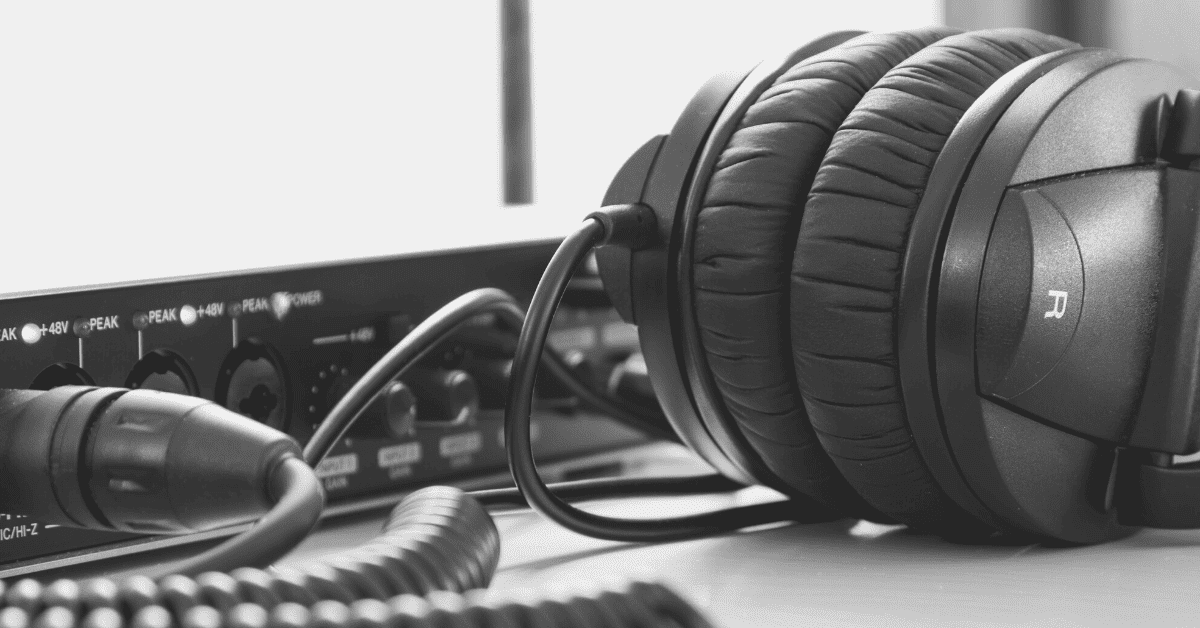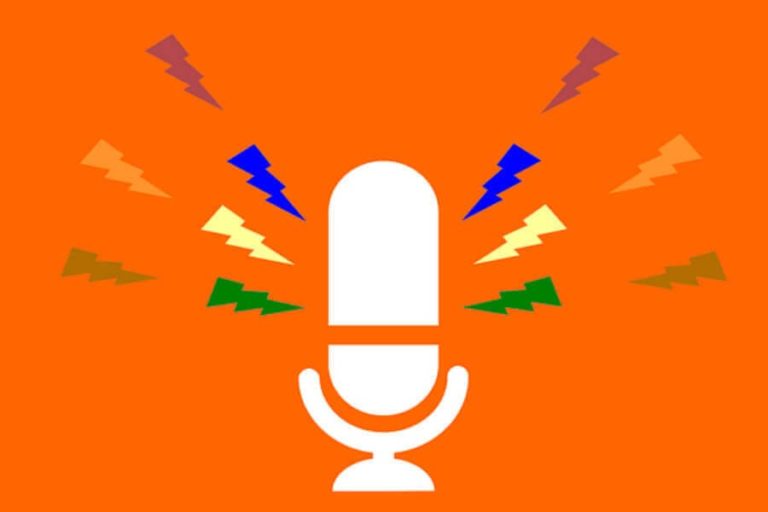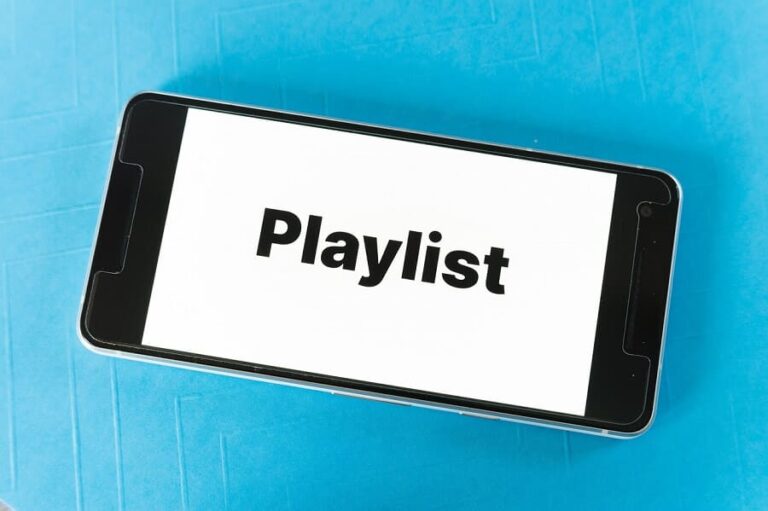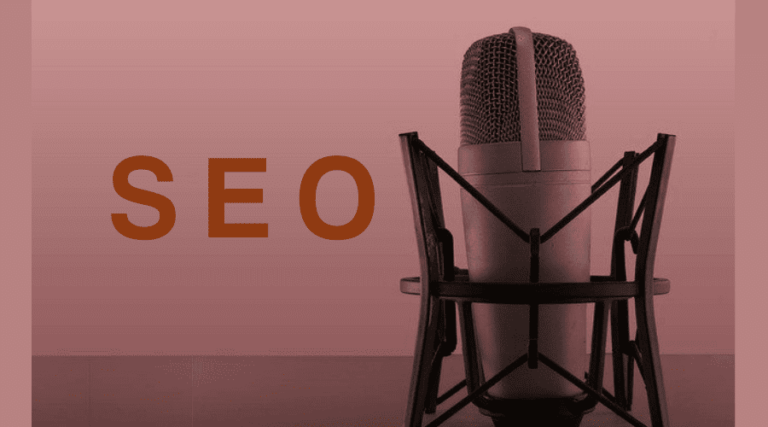If you have a show and are publishing episodes, using best podcast practices can help you grow your audience and business.
A podcast is an audio content that subscribers can listen to through their mobile device or through a computer. Podcasts are the newest form of sharing knowledge without the complexity of the video. These days, a few podcast hosting platforms offer video podcasts, but they are limited, and podcasts are mostly audio-based.
This blog post will discuss the best podcast practices. These practices are useful regardless of whether you are an experienced podcaster or a newbie.
Best Podcast Practices
Before I explain the best podcast practices, let me give you some general guidelines on starting your podcast. These guidelines will help establish yourself as an authority, and your audience will trust in your abilities.
The following are the best podcast Practices:
- Choose the Right Niche
- Planning the Intricacies
- Always Keep Up to Date with the Latest Trends
- Creating Brand Media
- Set a Podcasting Budget
- Best Podcast Content Practices
- Podcast Hosting
- Podcast SEO
#1: Choose the Right Niche
For podcasts, choosing your own niche is the most crucial part. You should select a niche that will attract a significant audience, and it should be something that you are passionate about.
If you select a niche that doesn’t interest you enough, you won’t be able to continue for a long run without losing interest. Also, the selected niche should have enough audience. If you are a subject expert but don’t have an audience, publishing podcasts will bring no benefit to you.
According to this Amplifi media report, 75% of the total podcasts that have started are no longer in production. This phenomenon is known as “podfade”.
Podfade is a sporadic production of podcasts that leads to podcast death. So, when you start thinking of starting your podcast, plan for a long journey. When choosing a niche, ask yourself the following questions:
- Do I have an interest in this niche?
- Do I have enough knowledge of the chosen subject?
- Is my chosen niche dynamic enough to sustain itself for at least a decade?
- Where would I be after five years?
If you know your preferred niche by now, it is time to start planning your podcast.
#2 Planning the Intricacies
The discussion about whether to start the podcast is over. You have decided to start your podcast. Now to approach the more intricate details of your podcast.
The Style
- Are you going for a solo podcast?
- Or would you like to involve guests?
- Would you instead be storytelling?
Make a firm decision about your podcast style and stick with it. If you wish, you can go for a cocktail – for example, guest podcast + solo + co-host once in a while. Whatever the type of podcast, determine it at the beginning and maintain the pattern. You can have mixed podcast styles such as – four podcasts a month, one solo, two with guests, one to be co-hosted with a friend, etc.
The Frequency and the Duration
Decide on the duration of your podcasts. It is best to keep it under 20 minutes. A longer duration will make it difficult for the audience to stick with your podcast. If the podcast requires a longer duration, ensure that the topic is engaging.
I have been following a few podcast shows hosted by Neil Patel and Branden Gally.
Most of their podcasts have a duration of around ten minutes. Try to keep your podcast short, engaging, and full of information.
The Tone of the Podcast
Keep a dominant tone in your podcast. A podcaster brings their personality to the podcasts; keep your tone natural and confident.
Keep the script ready, but you should not sound like you are reading it.
#3 Always Keep Up to Date with the Latest Trends
Keep yourself updated with the latest advancements in your niche. For example, let us say your niche is “entrepreneurship.” This is a vast niche, and it constantly changes because of the changing roles of entrepreneurs in different cultures and societies. You can read books on entrepreneurship, attend seminars, be in touch with other entrepreneurs in different cultures, geographic locations, etc. All these will help you to keep current with the latest trends.
Explore the niche and come up with interesting facts about entrepreneurship. Be genuine and share whatever you have learned. Do not fake it; if you think you can recycle the knowledge you gained while adding no value, you will soon fade down into podfade.
#4 Creating Brand Media
Your podcast brand is your logo, content style, font type, font size, color scheme, intro and outro music, and imaging, etc. For video podcasts, the podcaster’s face is one of the key brand factors. For audio podcasts, your voice is a key brand factor. If you don’t have a designing bone in your body, I recommend you hire a professional to design your podcast brand media. Put deep thought into creating the media for your podcast.
Make sure your brand media is unique and well-designed because your brand media will identify your podcast.
#5 Set a Podcasting Budget
Ensure you have a sufficient budget to sustain your podcasting for at least six months. Purchase a good quality microphone, two or more if you are co-hosting with another host or inviting guest hosts. To enhance audio quality, invest in other software and hardware. You will have to pay your podcast hosting platform every month and to co-host as well. Stick to the budget for at least six months.
Spend on your equipment only after proper research.
Don’t blindly follow established podcasters. They earn enough to support their expenses and you are just starting your podcast venture. Keep your expenses under control; go for tools and software that fulfill your minimum requirements.
Invest more when the revenue starts coming in.
#6 Best Podcast Content Practices
Now that we have seen some general podcast guidelines for beginners. Let us now check some of the best practices for different podcasting styles.
- Best practices for Solo Podcasts
- Best practices for Guest Podcasts
- Best practices for Storytelling Podcasts
- Best practices for Repurposed Podcasts
Best Podcast Practices for Solo Podcasts
When you are the only speaker in your podcast, it is solo podcasting. Solo podcasting can be fun and exciting. Experts recommend the following best practices for your solo podcast:
- Develop your unique style.
- Keep the content fun and engaging.
- Work on your tone and modulation.
- Make your audience feel welcome.
- Don’t sound robotic or over-enthusiastic.
- Prepare a draft of content in advance, to ensure a connection in the subsequent episodes.
Best Podcast Practices for Guest Podcasts
A Guest Podcast involves chatting with a guest on your show. You can have the guests in your recording room or chat with them virtually.
Some best podcast practices for guest podcasting are as follows:
- Prepare a guest list in advance. Schedule chat times, and make sure they show up on time.
- Invite some famous experts for your episodes. These experts bring their audience that will increase your reach.
- Prepare a standard list of questions for your guests. Include a few guest-specific questions to make every episode unique.
- Try to include a guest image for your episode, personalize it as much as you can.
- Ask your guests to share your episode once it goes on air.
Best Podcast Practices for Storytelling Podcasts
A storytelling podcast rarely goes unnoticed if done the right way.
In storytelling podcasts, episodes are structured as narrative. Some storytelling podcasts continue the narrative over several episodes; they may have a per episode narrative. Some even run for seasons.
A few best practices of a storytelling podcast are as follows:
- The narrative and the tone are important to a storytelling podcast. Build those up.
- Write the storyline and the storyboard for each episode.
- Prepare a rough draft of the complete season in advance.
- Decide if you would use fictional solo storytelling or go for guests who narrate and recount their own experiences. Either way, ensure that the content is engaging.
- Transcribe and publish it on your blog. Turn your readers into listeners, and vice versa.
Best Podcast Practices for Panel Podcasts
Panel podcasts are great for educational and debate-worthy subjects. Audiences would love to hear experts expressing their viewpoints rather than one person drilling down into his ideas.
Some best practices for panel podcasts are:
- Choose a niche worth discussing with a group.
- Avoid political topics unless it interests you. For topics concerning culture, ethnicity, or social issues, keep in mind the sentiments of distinct groups.
- Your panelists should be subject experts. Panel podcasts can cover your lack of expertise in a particular topic.
- Neutralize when things get heated up. Warmup when conversations turn boring. Be a balanced moderator.
- Ask each panel member to share and promote the podcast episodes in their respective social circles.
Be careful with political discussions, particularly those that focus on religion, ethnicity, or other hot topic issues. You might hurt the feelings of others and create trouble for yourself and your guests on the panel.
Best Podcast Practices for Repurposed Podcast
A repurposed podcast focuses on material that has been recycled and reused. You repurpose a piece of audio or video because you think it is worth re-sharing the information.
A few best podcast practices for repurposed podcast content are:
- While choosing the content for repurposing, check the audio quality and the content quality.
- Check copyright claims. Credit the author. Ask permission before publishing.
- Don’t run a solely repurposed podcast – let repurposing be one of your podcast practices.
#7 Podcast Hosting
You need to have the right podcast hosting platform. It can help you grow your podcast and monetize the content. A search on Google for the best podcast hosting platform will show you a dozen options. Until recently, it had been pretty much Libsyn holding the market share, but now, newer podcast hosting platforms with better features and affordable cost structures like Blubrry, Podbean, Buzzsprout, and Transistor are ruling the market.
Selecting the right podcast hosting platform is one of the most important podcast practices.
I advise the following when you’re looking at podcast hosting platforms:
- Analyze at least ten to fifteen best podcast hosting platforms in the market. Compare the features and price.
- Don’t get dazzled by their offers; assess as per your requirements. Is it bandwidth? Is it unlimited downloads?
- Look for pricing, hidden fees, and if peripheral services need to be bought.
- If the hosting platform offers a free trial or a free plan, grab it to understand the platform.
- Check the marketing and distribution features.
- Check monetization features.
#8 Podcast SEO
Podcast SEO helps visitors find you through search engines. This optimization begins with creating audio content, digital and social marketing, and internal linking in transcription notes, etc. Podcast SEO optimization is a never-ending process.
Some top-notch SEO practices to optimize podcasts are:
- Distribution: Check for the distribution feature of your podcast hosting platform. If your podcast host offers a robust distribution to podcast directories or has a marketplace, half the hard work is done. However, I recommend you submit your podcast manually to a few main podcast directories.
- Keywords and Hashtags: Get some fixed and some variable (from episode to episode) keywords and hashtags for your podcast. Use tools like Google Keywords Planner, AHREFS, or LongTailPro to find keywords. Hashtags can be derived from Instagram Search tools.
- Transcription Notes: Turn readers into listeners by writing engaging transcription notes of your podcasts. Find inspiration in writing the best transcription notes from successful podcasters.
- Social Media Marketing: Distribute the links of your podcast episode through social media. Join groups and remind people periodically to check out your podcast.
- Blogs and Q&A sites: Do not limit yourself by sharing your podcast only on social media. Share links to your podcast in blog channels like Medium and in Q&A sites like Quora and Yahoo Answers.
The above points will help optimize your podcast for search engines and draw in the organic crowd. You can also go for paid marketing if you have a budget. Some affordable forms of paid marketing are Facebook ads and Instagram ads.
If you are an already established podcaster, chances are you are already following a few of the best practices put forward here.
You can review what you have been missing from this post and start following them starting from your next episode.
Best Podcast Equipment for Beginners
If you are just beginning, avoid huge investments.
Starting a podcast does not have to be a costly process.
Some equipment you need at the beginning of the podcasting process is
- A computer or laptop
- A microphone
It is most likely that you already have a computer or a laptop. The hardware requirements are moderate: a PC with a good processor and space to save audio files.
Now we come to the microphone. The inbuilt microphone or the one you get with your headset are not built to support the clarity that podcast audio should have. Invest in a good microphone. I recommend using a USB mic.
I recommend the Fifine K669B Metal USB Microphone Condenser.
The Maono AU-A03 Condenser Microphone Kit Podcast Mic with Boom Arm Microphone Stand (Black) or Maono AU-A04 Condenser Microphone Kit (Black) is good if you are on a stringent budget.
If you have a better budget, go for a Blue Yeti USB Mic. For guest podcasts, recording over a Skype or Zoom call works well enough.
If you have more than one host, you need an audio interface to jack in multiple microphones.
Many podcasting specific devices like the Zoom H5 Four-Track Portable Recorder cover both recordings and work as an interface.
If you would still like an audio interface, go for Behringer U-PHORIA UM2 2 x 2 Audio interface or Focusrite Scarlett Solo (3rd Gen) USB Audio Interface with Pro Tools.
For recording and audio mixing, you can use Audacity which is a free tool. If you are using a Mac, you can use the Garageband for recording and sound mixing.
Summary
If you are still thinking about making mistakes and learning on the go, I would strongly suggest you adopt the best practices from the very beginning. Following these practices will ensure that your podcast is of high quality and loved by Google, and your audience will appreciate it.
What best podcast practice did I miss? Please let me know in the comments section.




